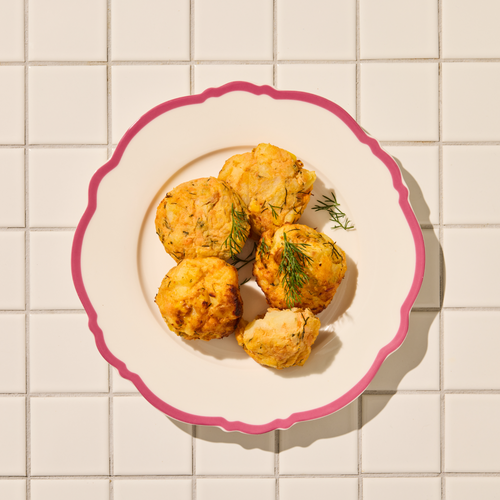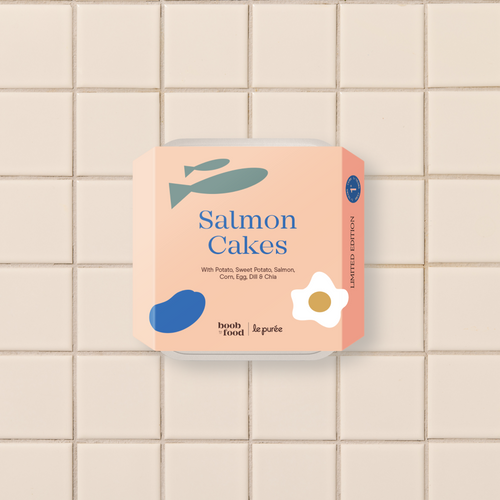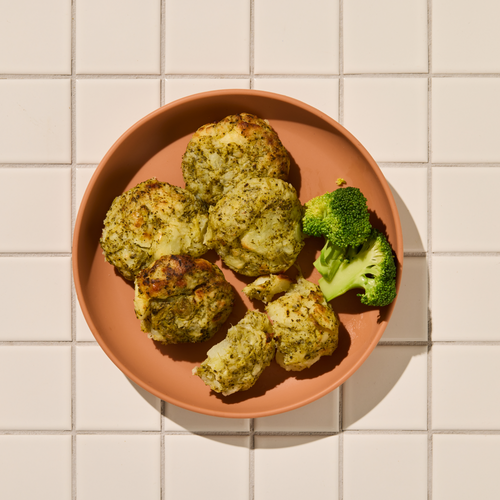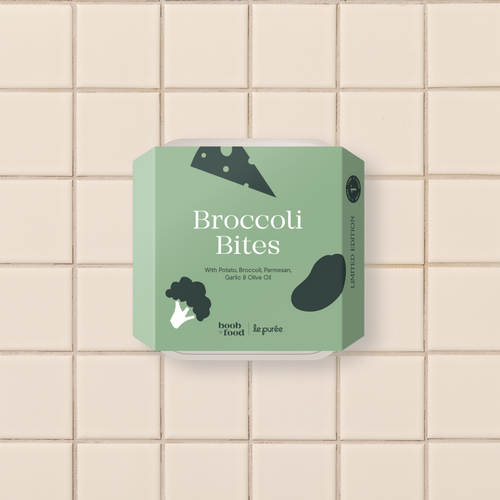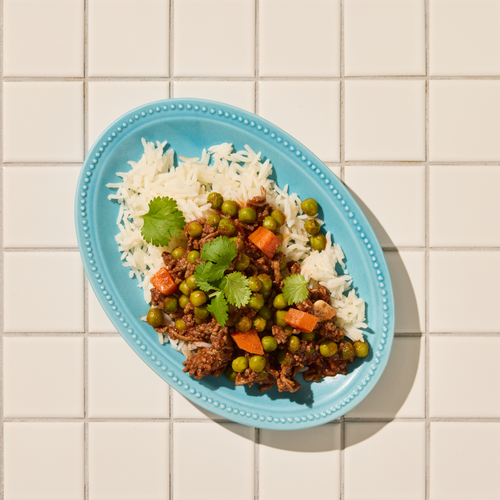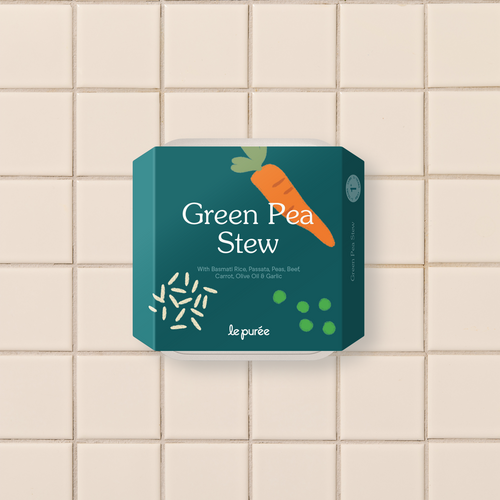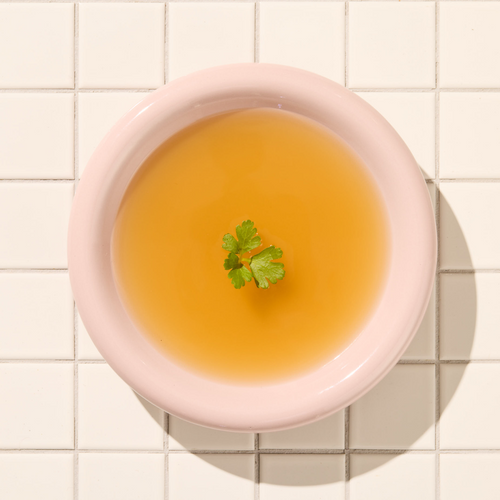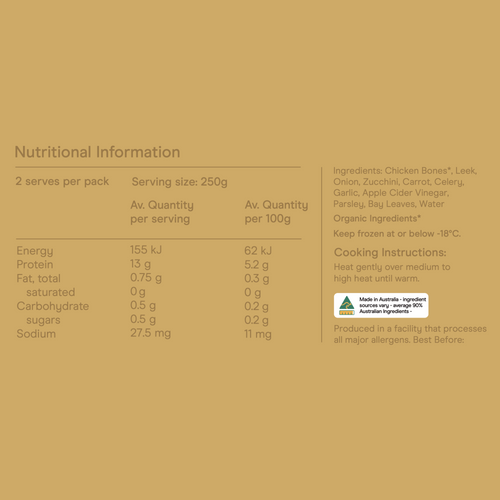By Penny Blunden, Paediatric Nurse & Founder of Sick Happens.
If you’ve got young kids, you’ve probably had gastro in your home already. If not... I’m sorry to say, it’s very likely coming. Of course it’s not a guarantee, but the odds aren’t in our favour, unfortunately. Gastroenteritis (gastro) is one of the most common illnesses in babies and toddlers. It’s also one of the most dreaded, for good reason. It spreads like wildfire, wipes out the whole family, and always seems to arrive just in time for your weekend plans or work deadlines.
Tell me: what exactly is gastro?
Gastroenteritis (AKA gastro) is a stomach and bowel infection. It's typically viral, and the tell-tale symptoms in children are vomiting, diarrhoea and fever. Most children will recover well with time and fluids, but it can be really unpleasant while it’s happening.
Other symptoms can include:
- Vomiting (usually settles in the first day or two)
- Diarrhoea (can last up to 10 days)
- Nausea
- Fever
- Poor feeding or reduced fluid intake
- Tummy pain
- Dehydration: Watch for signs like fewer wet nappies, dark urine, a sunken fontanelle (the soft spot on your baby’s head), dark or sunken eyes, dry lips, a white-coated tongue, or cold hands and feet.
Because most cases are viral, there’s no medication that will “fix” it. The main treatment is to manage symptoms: keeping up fluids, offering pain relief, providing comfort, and then waiting it out (while trying to stop the spread as best you can).
Dehydration: The #1 symptom we worry about with gastro.
As a paediatric nurse, my biggest concern with gastro isn’t the vomiting or the diarrhoea: it’s dehydration. Dehydration in children makes everything more complicated and more serious. It’s a nasty beast, and we want to avoid it as much as possible. Prevention is always better than treatment.
Young children lose fluids quickly and don’t always want to replace them. Anyone who's dealt with a grumpy toddler knows how challenging it can be to convince them to take just one sip from their sippy cup.
Hydration Tips
- Babies under 6 months: Keep breastfeeding or giving formula. They may prefer smaller feeds more often: little “snacks” rather than big feeds.
- Over 6 months: Keep going with breastmilk, formula, or their preferred fluids. If they're not keen, or vomiting is persistent, try an oral rehydration solution like Hydralyte or Gastrolyte. Your pharmacist can help you choose the right one for your child.
- All ages: Offer small sips often. Big gulps can bounce right back up. Smaller amounts give the gut time to absorb the fluid before the body decides to send it out again.
Icy poles are a fabulous way to get fluids in. They’re fun, cold, soothing on sore little throats: and yes, the fluid absolutely counts! Get creative: frozen breastmilk, formula, smoothies, purées, or their favourite drink.
Of course, we want to give our little ones the healthiest foods and fluids possible when they’re unwell…but honestly? Any fluid is better than no fluid. If they want juice, let them. Dilute it (1 part juice to 4 parts water) and don’t stress. It’s more important to avoid dehydration than to tick every nutrition box during illness.
Tummy-friendly foods and fluids (recovery style)
Once the vomiting has eased and your child is tolerating fluids, you’ll want to gently reintroduce food. This phase is all about comfort, calm, and recovery AKA no rush, no pressure. Kids really can survive on a few bites and nibbles of food here and there.
Simple foods for upset tummies:
Honestly, take your child’s lead. If they’re asking for steak, spag bol, or veggie curry and they tolerate it, go for gold! The BRAT diet (banana, rice, apple puree and toast) was once recommended for children recovering from gastro. But this is now no longer recommended as it lacks essential nutrients for a healthy diet and is also unnecessarily restrictive. There’s absolutely nothing wrong with bananas, rice, apples or toast, but we don’t want to put rules on your child’s food when they are recovering. Every child, and every recovery journey is different. If your child wants to eat their usual diet, let them. If they are a little hesitant, try some simple foods in small portions such as:
- Mashed potato or sweet potato
- Stewed apple or pear
- Banana
- Soft, cooked pumpkin or carrots
- Plain toast, rice or pasta
- Gentle proteins like scrambled egg or steamed chicken
This is where Le Puree is such a game-changer. Their wholefood-based meals are ideal for little tummies easing back into solids. And my favourite part? The individual portions mean:
- You’re not the one cooking from scratch.
- There's hardly any waste if your child only eats a few nibbles.
- And best of all...no washing up OR decision fatigue trying to decide what to cook.
PICTURED: Le Purée Banana, Strawberry, Chia Seed Puree
![]() Hang in there
Hang in there
Gastro is awful. There’s no sugar-coating it. But it’s also a very normal part of childhood (and parenting). You’re not failing if your whole family ends up sick. You’re not doing it wrong if your child refuses food. This is just what kids do when they’re unwell.
Ride the wave, keep a close eye on hydration, and trust that this will pass. With rest, plenty of fluids, and a gentle return to food, your little one will bounce back, ready to run amok like usual.




